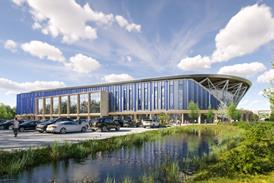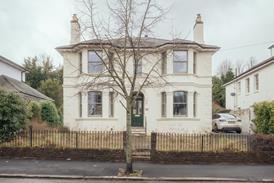- Home
- Intelligence for Architects
- Subscribe
- Jobs
- Events

2025 events calendar Explore now 
Keep up to date
Find out more
- Programmes
- CPD
- More from navigation items
In the eye of the beholder?

David Rudlin tries to pin down some slippery concepts
Twenty years ago the team at the Urban Task Force made the decision to replace the word “urban” with the word “quality” where they could in their report. The word urban, it was felt, had negative associations, but who was going to disagree with the notion of quality?
Twenty years later the Building Better, Building Beautiful Commission has replaced the word “quality” with the word “beauty” and created an entirely different controversy. But they are still basically talking about the same thing.
Words matter, of course, and the suspicion of the architectural community was that the word “beauty” was code for “traditional” and was going to be a thinly veiled attack on contemporary design. That was certainly the case with the original Policy Exchange Report that gave birth to the commission which explicitly linked beauty with “traditional design”. This is why the spoof BD exposé of the workings of commission published on April 1 rang so true.
…
This content is available to registered users | Already registered?Login here
You are not currently logged in.
To continue reading this story, sign up for free guest access
Existing Subscriber? LOGIN
REGISTER for free access on selected stories and sign up for email alerts. You get:
- Up to the minute architecture news from around the UK
- Breaking, daily and weekly e-newsletters
Subscribe to Building Design and you will benefit from:

- Unlimited news
- Reviews of the latest buildings from all corners of the world
- Technical studies
- Full access to all our online archives
- PLUS you will receive a digital copy of WA100 worth over £45
Subscribe now for unlimited access.






